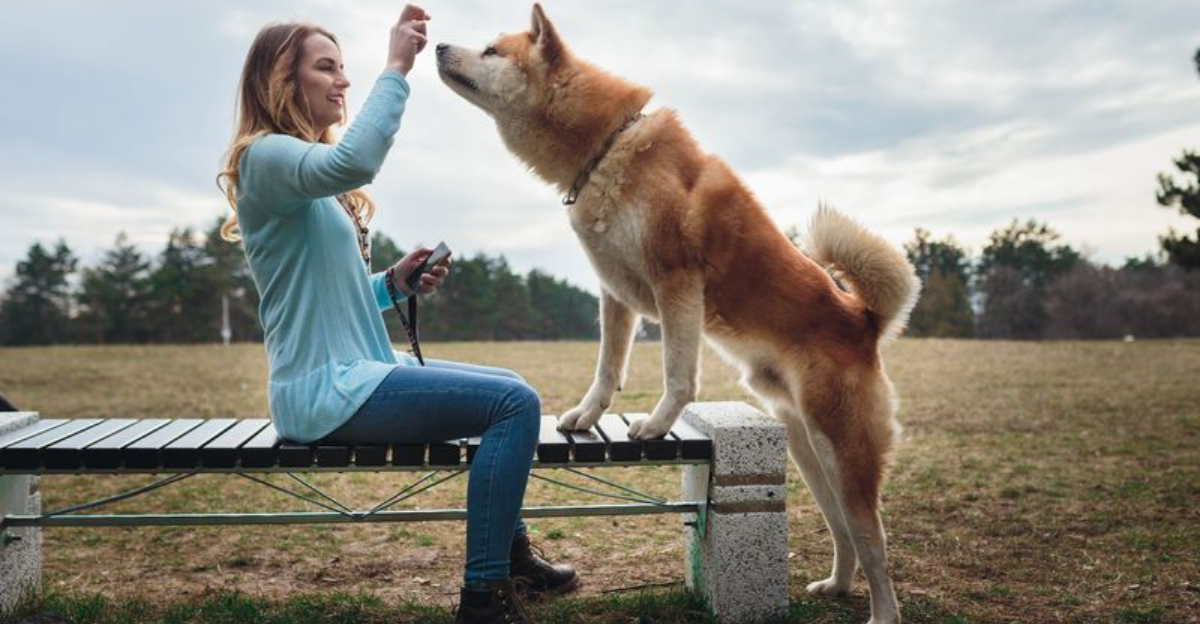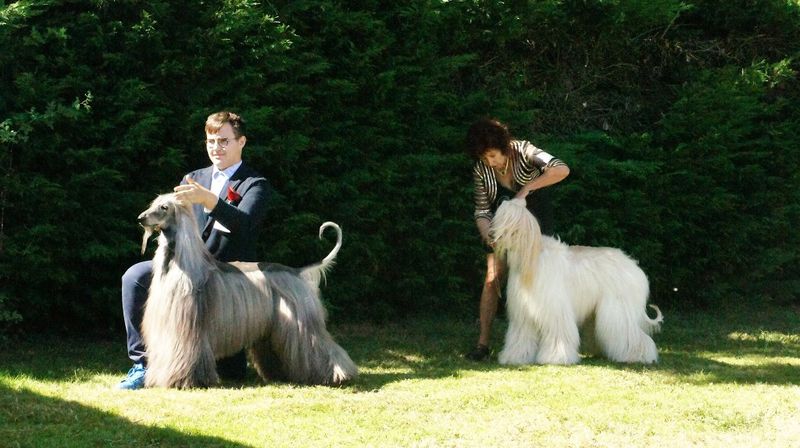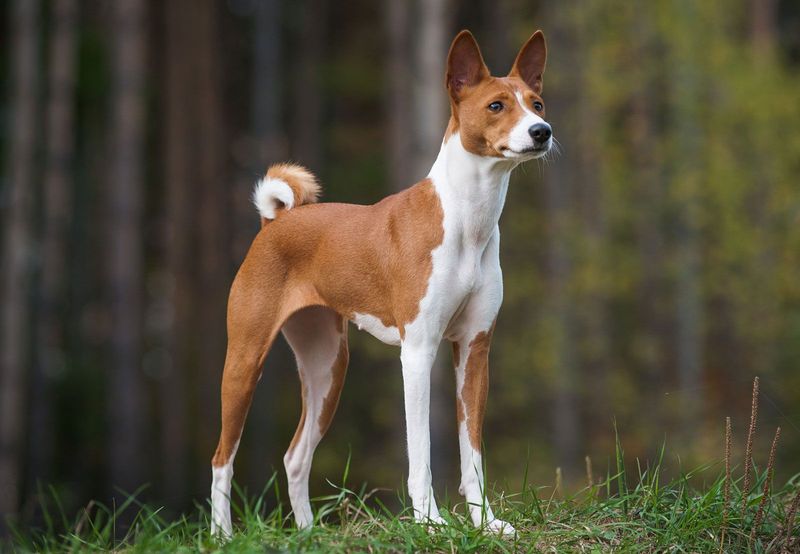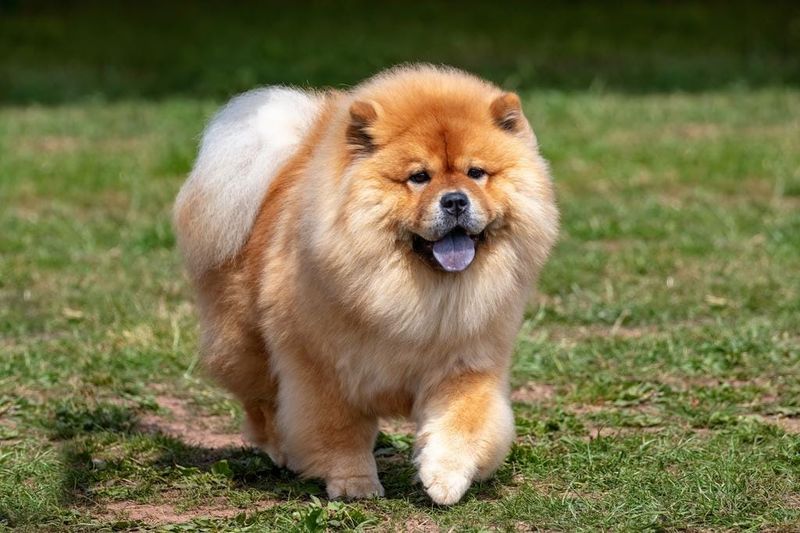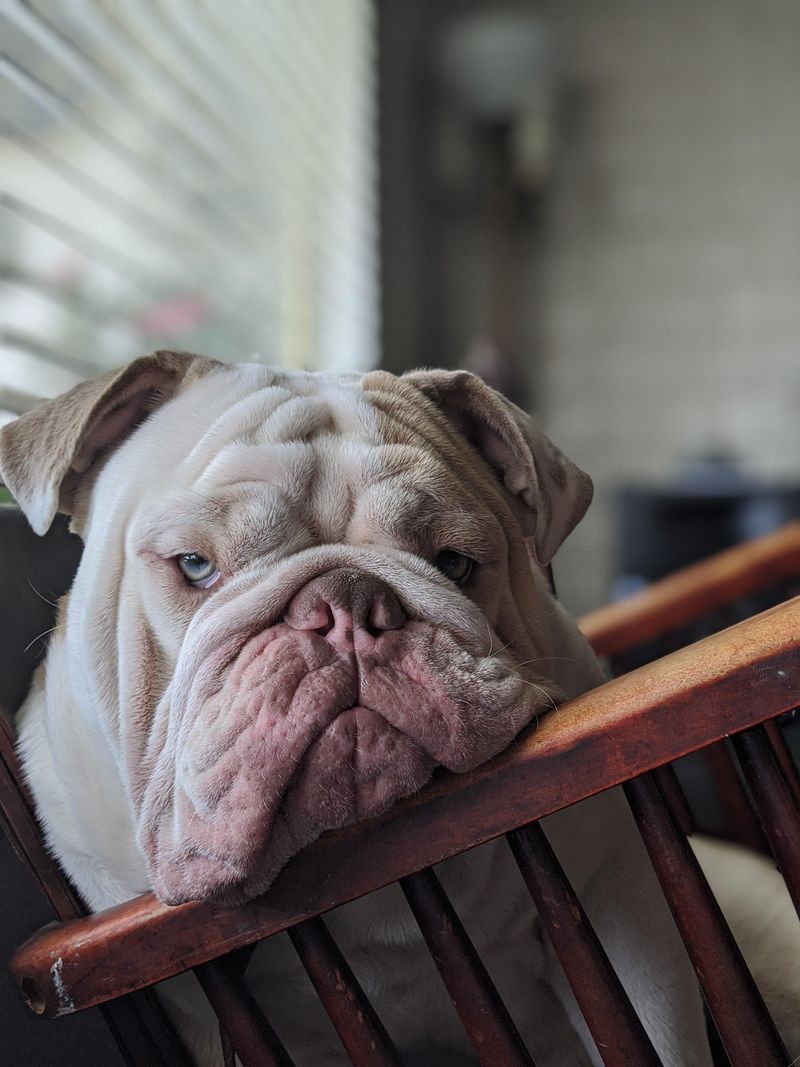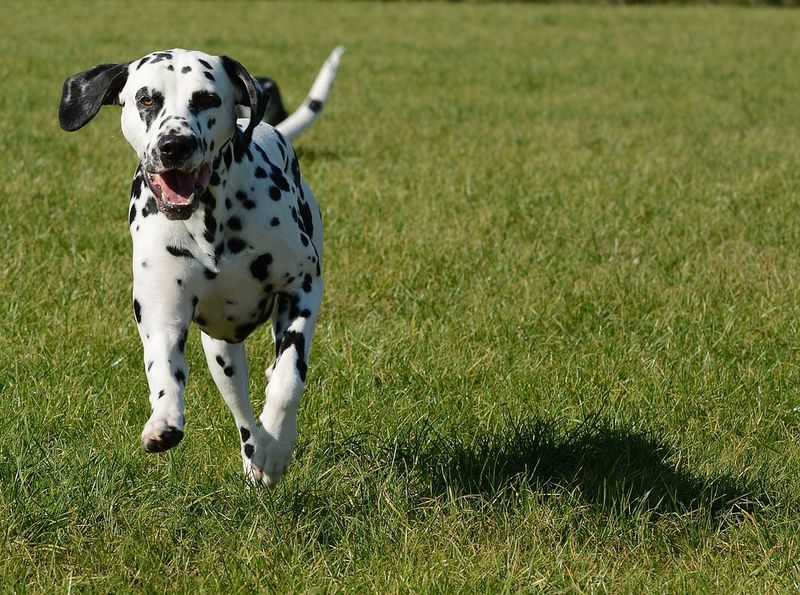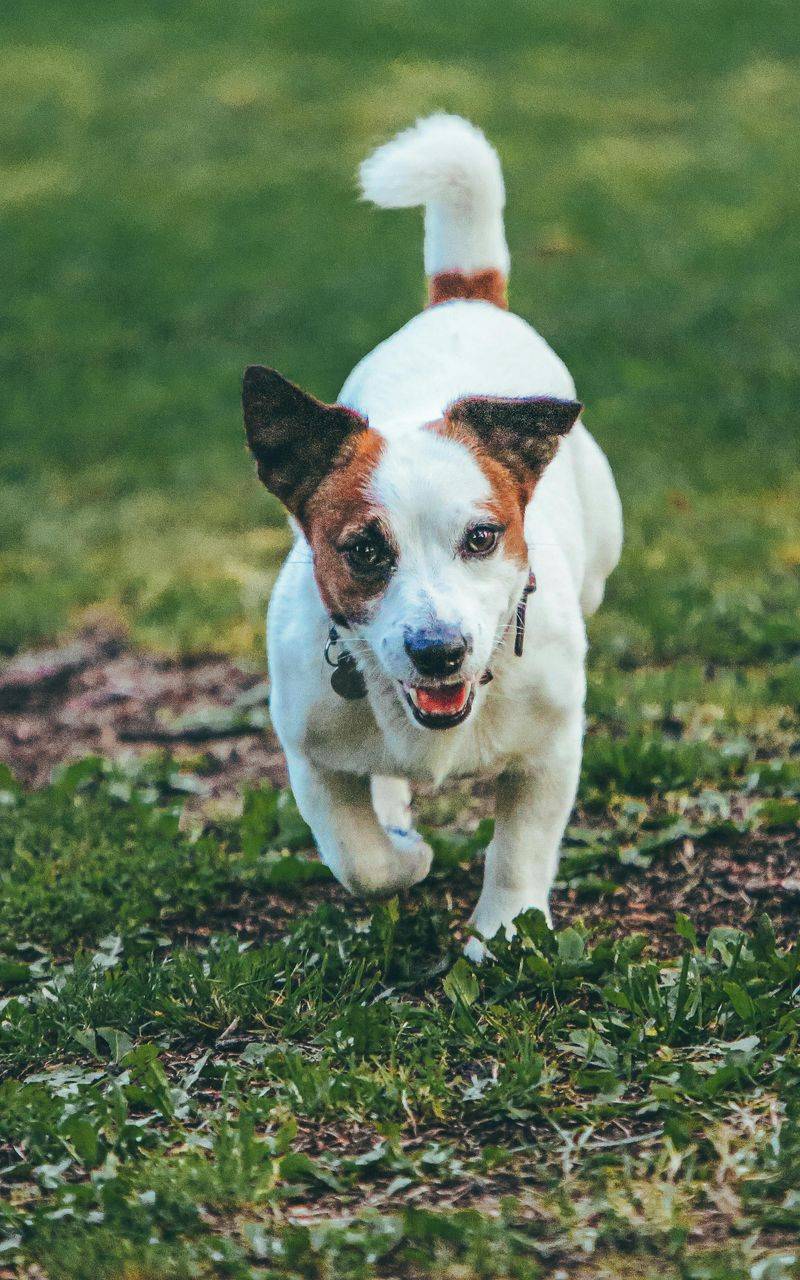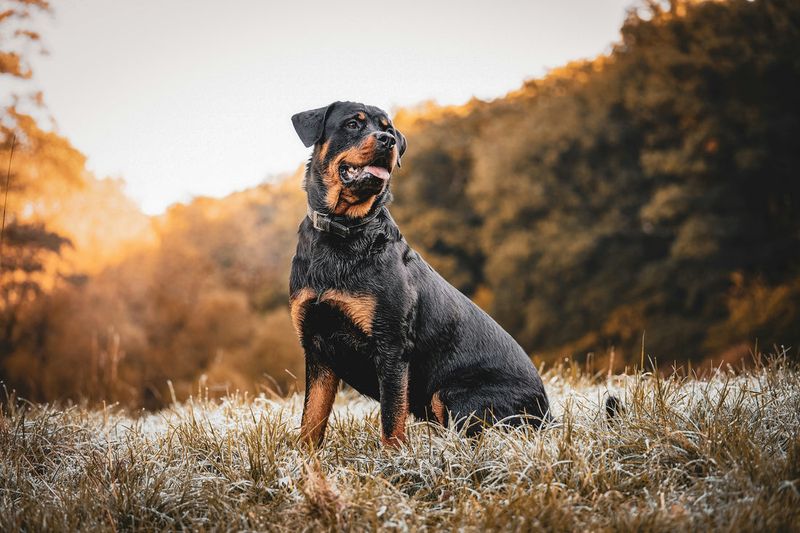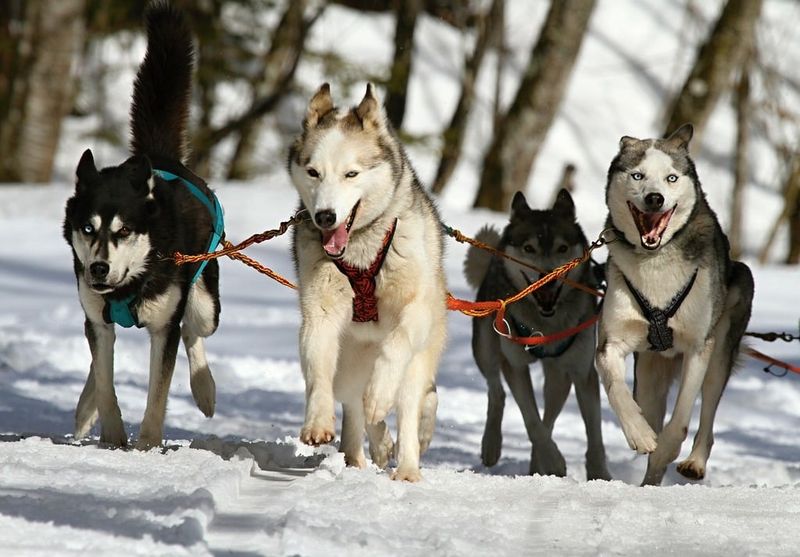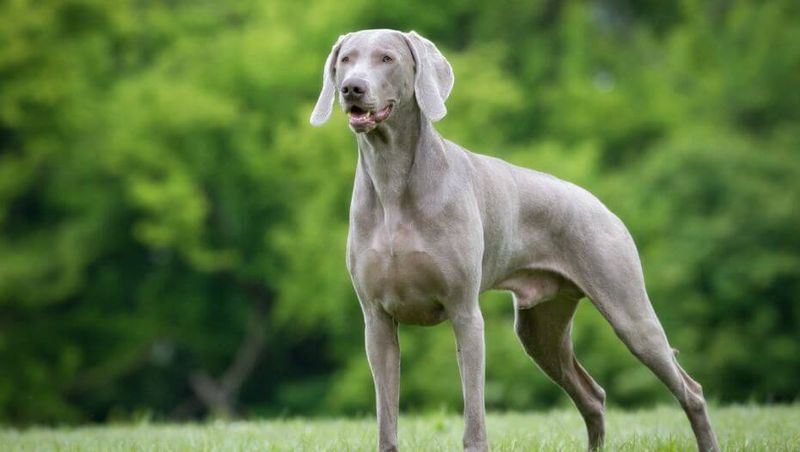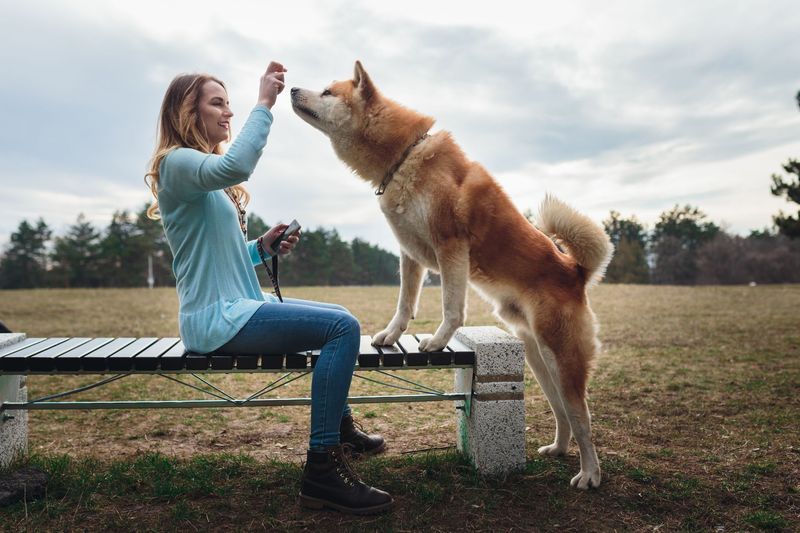Training dogs can be a rewarding experience, yet some breeds present unique challenges that even seasoned trainers may shy away from. Whether it’s due to their stubborn nature, high energy levels, or specific behavioral issues, these breeds require a deeper understanding and commitment. Here, we explore ten dog breeds that often find themselves on trainers’ “avoid” lists, along with insights into why they pose such challenges and how owners can work with them successfully.
Afghan Hound
The Afghan Hound is known for its elegant appearance and independent nature. This breed possesses a unique aloofness, making training a challenge even for experts. Their independent streak means they often prefer to do things their own way. Patience is key when working with Afghans, as they don’t respond well to harsh training methods. Consistency and gentle encouragement can go a long way. Potential owners should be ready for a breed that requires patience, creativity, and understanding. Engaging them with tasks they find interesting can yield positive results.
Basenji
Known as the “barkless dog,” the Basenji’s quiet demeanor can be deceiving. This breed is highly intelligent but also notoriously stubborn. Training a Basenji requires out-of-the-box thinking and an understanding of their independent nature. They are not motivated by the same rewards as other breeds. Engaging their curious minds with interactive games and puzzles can help. Owners need to be innovative and persistent, offering challenges that stimulate their intelligence to keep them interested.
Chow Chow
The Chow Chow stands out with its lion-like mane and dignified demeanor. Often compared to a cat in personality, this breed can be reserved and stubborn. Their stubbornness can make training tough, requiring an owner who is both firm and patient. Despite their aloofness, they form strong bonds with their family. Chow Chows need consistent, positive reinforcement to thrive in training. Understanding their unique temperament is crucial for success.
Bulldog
The Bulldog is often seen as lazy, but their stubbornness is what makes training a challenge. Known for their laid-back demeanor, they can be uncooperative. Training requires creativity and patience, as Bulldogs prefer leisure over action. Short, enjoyable sessions can be more effective. They respond well to positive reinforcement and food rewards. Understanding their easy-going nature while being firm in training can lead to better results.
Dalmatian
Dalmatians are famous for their distinctive spots and high energy levels. This breed thrives on activity but can become unruly without proper training. Their intelligence requires consistent, structured training and plenty of physical activity. Without it, they can develop destructive behaviors. Engaging them in regular exercise and mental challenges is key to keeping a Dalmatian happy and well-behaved. Patience and a structured routine can help manage their energy.
Jack Russell Terrier
The Jack Russell Terrier is small but mighty, packed with energy and a zest for life. This breed requires constant engagement to prevent boredom. Their intelligence makes them quick learners, but their high energy can lead to mischief if not properly channeled. Fun and varied training sessions are essential. Owners must be committed to keeping them occupied, both mentally and physically. Patience and creativity are crucial in training this spirited breed.
Rottweiler
Rottweilers are powerful and intelligent, qualities that make them both impressive and challenging to train. Their protective instincts can be a double-edged sword. Training must start early and should focus on socialization and obedience. Their loyalty to family can sometimes lead to overprotectiveness. Trainers need to establish clear leadership and offer consistent, firm guidance. With the right approach, Rottweilers can be well-mannered companions.
Siberian Husky
Siberian Huskies are known for their striking beauty and boundless energy. Their independent nature can make training a challenge. They thrive on physical activities like sledding, but their strong will requires consistent training. Huskies need firm, yet gentle guidance and lots of exercise. Their prey drive and desire to run can lead to escape attempts. Owners must be vigilant and provide ample mental and physical stimulation to keep them happy.
Weimaraner
The Weimaraner, with its sleek coat and energetic nature, demands an active lifestyle. Intelligence and a need for exercise make them a handful. They are fast learners but need constant mental stimulation to prevent boredom. Training should be varied and engaging to hold their interest. This breed thrives on companionship and can develop anxiety if left alone. A committed owner who enjoys outdoor activities suits them best.
Akita
Akitas are known for their strength and confidence, often described as “silent hunters.” Their independent nature needs a firm, experienced handler. They are naturally protective and require socialization to ensure they are well-adjusted. Training should be positive, with a focus on establishing leadership. Akitas thrive in environments where they feel secure and respected. Owners must be consistent and patient to bring out the best in them.
